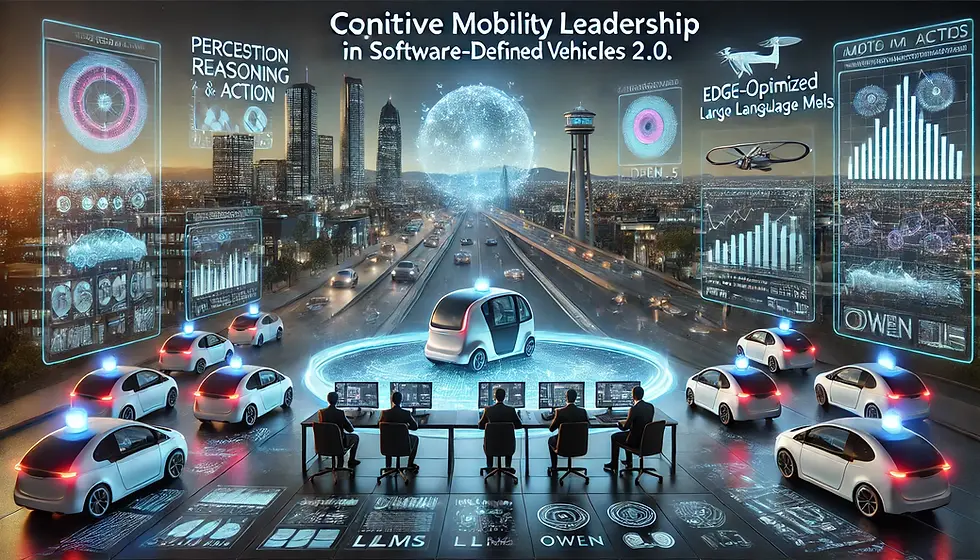Generation Z is coming ………
- Mahbubul Alam

- Nov 30, 2018
- 2 min read
Updated: Dec 9, 2022

Imagine a time when there was no internet, no laptops, and no mobile phones…Generation X, born between 1964 and 1979, often referred to as Digital Immigrants, introduced computers for the first time and initiated the path toward digitalization. Viewed as the renaissance of entrepreneurship, they created labels and brand names, wanting things and wanting them immediately but were not technologically sophisticated. The next generation — Generation Y or Millennials — born from 1980 to 1995, are referred to as Digital Natives, having unlimited access to information through the internet. This generation has also grown up with mobile phones, e-commerce and social media making them tech-savvy and immune to traditional marketing and sales pitches. Then came Generation Z, born from 1996 to 2010, who have never known a world without internet and mobile phones. They are globally focused, visually engaged, educationally transformed and socially defined, integrating technology seamlessly into all parts of their lives like the air that they breathe. Of the world’s 7.7 billion people, Millennials or Gen Y and Gen Z will comprise 64 percent of the total global population by 2020. When a new generation comes of age, joins the workforce, and is able to make financial decisions on their own, there is a need for new products and services that meet the needs of this generation. Let us call them Artificial Intelligence (AI) Natives.

Gen Z – the AI Natives expect technology to seamlessly integrate with their active lifestyle.
Example 1 — Communication: For Digital Natives, emails are organized according to the time and conversation in a sequential manner. But AI Natives expect the emails to be organized according to the contextual information of the email and urgency of action required.
Example 2 — Shopping: Digital Natives use Amazon to search and order goods even though it might be a repetitive order. On the other hand, AI Natives expect Amazon to notify the user of the replenishment of goods and only request purchase approval. It should also take in to account the usage behavior of the individual.
Example 3 — Payments: Digital Natives use Apple Pay or a digital wallet to pay for goods and services. AI Natives expect Apple Pay or a digital wallet to automatically pop up a request for payment approval if the store, goods or services are part of the routine behavior of the individual.
Example 4–Online Retail: Digital Natives use online e-commerce like Macy’s, Nordstrom, etc. to order clothes. They check the product at home and return the product if it is not to their liking. AI Natives expect personalized augmented outfitting online so they can decide before ordering.
Example 5 — Transportation: Digital Natives use ridesharing apps like Uber, Lyft, etc. to order cab/taxi service by making multiple decisions and selections such as current location, destination, type of vehicle, fair price, etc., and then they have to wait for a few minutes before the rideshare service picks them up. AI Natives expect ridesharing services to understand the individual’s need, usage pattern, desired destination, estimated time of arrival, etc., and proactively notify the user for the ridesharing service and only request the user for confirmation.




Comments